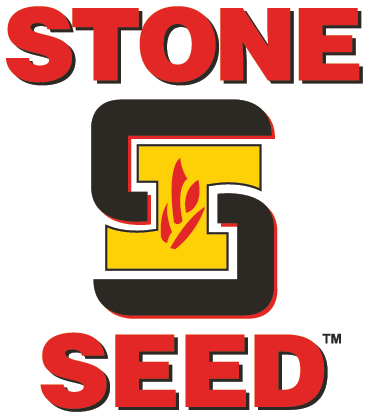Trial Objective
- Spoon feeding nutrients to soybean with high yield potential is growing in popularity as producers look to maximize production.
- Sub-surface drip irrigation (SDI) and sprinkler irrigation systems provide the ability for producers to apply nutrients to crops over the growing season.
- This study was conducted to evaluate if soybean products respond differently to spoon feeding nutrients over the growing season.
Research Site Details

- The study was set up with nutrient treatment as the whole plot and soybean product as the subplot with four replications.
- Nutrient treatments consisted of the following:
— Base Management (BM) = 40 lb/acre P2O5 + 25 lb/acre sulfur + 0.5 lb/acre zinc strip-tilled to a depth of seven inches before planting
— +Boron = BM + 0.5 lb/acre of boron as 10% liquid boron applied through the SDI system on 7/19/2018 at the R1 growth stage
— +Phosphorus = BM + two applications of 6.0 lb/acre of phosphorus as super phosphoric acid applied through the SDI system on 7/28/2018 at the R2 growth stage and 8/7/2018 at the R3 growth stage
— +Micronutrients = BM + one application of 1 qt/acre Kugler Micromax on 7/20/2018 at the R1 growth stage providing 0.013 lb/acre copper, 0.026 lb/acre iron, 0.052 lb/acre manganese, 0.052 lb/acre zinc, and 0.00065 lb/acre boron
- Three soybean products were used: 2.9MG-A, 2.9MG-B, and a 2.0MG
- 3.3 inches of irrigation water was applied through the SDI system to meet the needs of the soybean crop.
- Weeds were controlled as needed and no fungicide or insecticide were used in the plots.
Understanding the Results
- There was a significant interaction between nutrient treatments and soybean product (Figure 1).
- Two products responded to fertigation: the 2.9MG-A product had the highest yield with the +Micronutrients treatment and the 2.0MG product had the highest yield with the +Boron treatment. Surprisingly, no positive yield response from fertigation was observed for the 2.9MG-B product.


What Does This Mean for Your Farm?
- Soybean products may respond differently to fertigation treatments. This was the first year of this study, and we will continue to evaluate this in future research.
